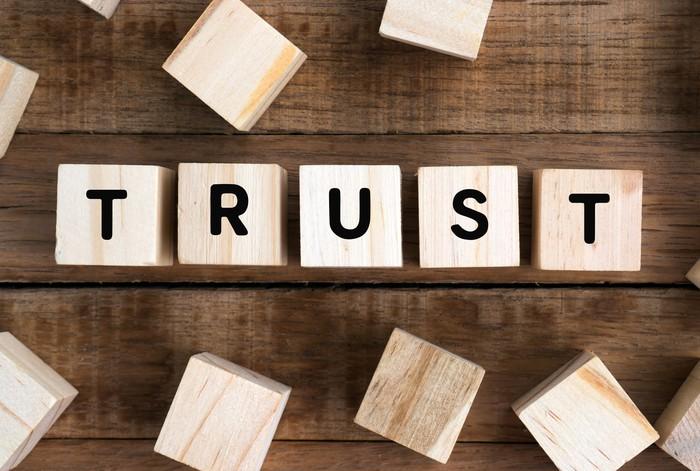

“What specific harmful behavior is this person showing and what has been the impact?” is typically my first question when an organization inquires about my Executive Coaching for employee in a leadership position who has been acting destructively. I want to get a very clear sense of what the negative behaviors are that needs to be addressed immediately and what messes need to be cleaned up.
We often characterize different types of healthy leaders (e.g. transformational, visionary, affiliative, pacesetting, etc.) but we should be aware that there are also different types of negative leadership. For a helpful categorization of these styles, I recommend this review of harmful leadership styles. (W. Burns, 2017).
Overall, harmful leadership behavior often ranges from unpredictable and explosive to self-promoting and demeaning to discriminating and dismissive; more attention now is also being given to absentee leaders which has it own deleterious effects. In general, harmful leadership often results in direct reports and teams often experience decreased morale and motivation, under-performance and lack of goal achievement, and greater employee turnover. Harmful leadership puts the bottom line at risk and can even kill it.
This destructive behavior can also create immense confusion and doubt about the leadership of the organization as a whole, making employees question why this “leader” is still even employed. If you are a direct report working for someone like this it is important to recognize that there are often multiple variables–including HR/legal, political, client-related, and emotional– playing into why this individual might still be employed. There can also be multiple reasons a leader begins to act destructively, including:
-
Their boss also acts harmfully or they are not being held accountable for the behaviors (e.g. by a Board, Human Resources, etc.)
-
They cannot handle the responsibilities and complexities of a new leadership role
-
They have not developed the appropriate leadership and management skills
-
They are attempting to gain control of a role and set of responsibilities that feels overwhelming to them
-
They are using a leadership style that worked with a previous team but does not align with their current organizational culture
Rebuilding trust can a difficult course to correct, but it is imperative to do so, swiftly and thoughtfully. This is also a critical opportunity to re-define and commit to a set of core values, which is how each recommendation is framed below. Please note that these suggestions apply mostly to harmful leadership styles that include abusive, unpredictable, and narcissistic behavior.
-
Self-Awareness. If you frequently engage in conflict, arguments and explosive behavior then you will want to understand the universal needs that often underlie why we get angry in the first place. Do you need autonomy, respect, to feel competent, or a sense of healthy social status? It is critical that you both identify and learn to communicate in positive language what you need; acting this out negatively simply results in the opposite: lack of respect, social disconnection, and lack of understanding.
-
Accountability and Humility. Take responsibility for communicate a plan of action. Take an honest inventory of the specific negative behaviors you have exhibited with your team. Write these down. Acknowledge this to your team and in 1:1 conversations, taking full responsibility without blame or minimizing the situation. Assume that the impact of your behavior was more severe and lasting than it actually did. Only communicate this to your team if you are 100% committed to fixing this; there cannot be any hesitation on this or you will simply re-enforce a lack of trust and leadership on your part.
-
Fallibility. You can make yourself more relatable by acknowledging your human faults. Step in your vulnerability and lead from this place.
-
Patience. Understand that re-building trust will take time. Your team needs to see consistent new, positive behavior before they will fully trust you. Some may remain skeptical and you will have to tolerate and manage this tension.
-
Commitment to Learning & Growth. Get feedback. Ask your team members for input into how trust can be re-built; learn to adapt your management style to each person’s individual strengths and needs. Ask your team and senior leaders for feedback on how you can improve your leadership style; engage in Executive Coaching to learn skills and enhance accountability. Show that you are committed to your own professional development.
-
Psychological Safety. When destructive behavior occurs repeatedly it erodes the psychological of a team. Your job is to do and say things that actually rebuilds safety. Learn to validate other’s perspectives, give your team credit, practice active listening, collaborate and show curiosity when there is interpersonal conflict, and don’t shut down others in a group setting through blame or humiliation.
If your organization wants to provide help to an employee who demonstrates the above traits, then please contact me to discuss Executive Coaching services.

30635 Comments. Leave new